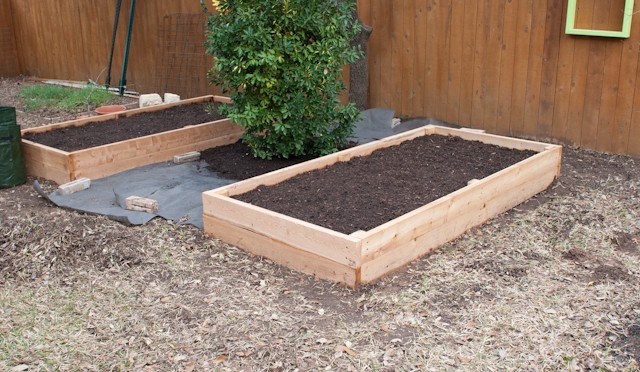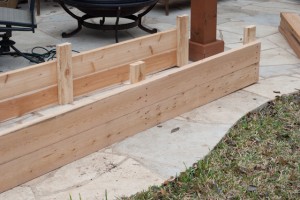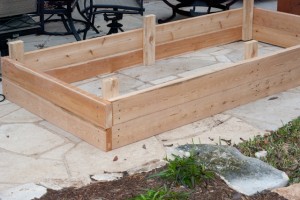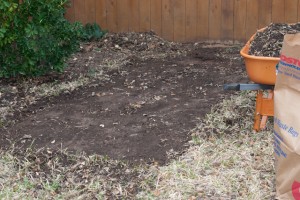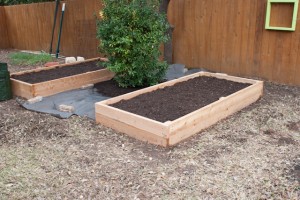Now that winter is underway here in Texas, I thought I would take some time to write about garden bed preparation for the winter sleep and rejuvenation.
If your area is anything like ours, by the time the temperatures started south, you already had an abundance of the perfect material to work into and cover your beds… leaves. In Texas, we have a type of tree called a “live oak,” which is an evergreen and an “ever-shedder.” This tree drops leaves periodically throughout the year. If you are diligent with your leave cleanup, you should be stockpiling leaves for winter prep. Here is a nice write-up on live oaks: Live Oak Trees
I am fortunate enough to have several types of trees on property and mulching leaf blower/vacuum, so I am able to create a good amount of organic material for my garden beds. In addition, I have a good friend with three horses who lets me clean up her stalls and bring ample amounts of manure home. Remember, organic matter is essential for building good soil over time. It replenishes nutrients in the soil, helps with microbial beings, and provides good loose composition, which is essential for plant growth.
It is not recommended that you mix leaves into your soil. Decomposition of leaves uses nitrogen, which is one of the nutrients you are trying to replenish while the soil is sleeping over the winter. I am mixing a small amount of leaves into my soil (because I have a heavy clay base), but I am also added a significant amount of manure and compost as well.
When thinking about building soil, think about what happens in nature. On the forest floor, leaves, branches and other organic items sit on top of the soil. As time passes, the bottom layer decomposes, essentially creating new topsoil material. This is the same method you really want to use in winterizing your soil, except you are going to have to replenish the nutrients much faster, since in the south, there is a much shorter winter season.
Once you’ve mixed in the nutrients into your soil, you’ll want to provide a good cover which will shield good bugs, worms and microbes from the winter cold, while at the same time decompose and provide more organic matter. Leaves are the perfect solution and I recommend an initial layer of four inches of leaves at the onset of cold weather. Wet that layer down significantly and allow it to set and shrink over the next three weeks. Add another layer of leaves and rinse and repeat this process until late February.
By the time planting season starts up in late March (or so), your soil will be in great shape!

